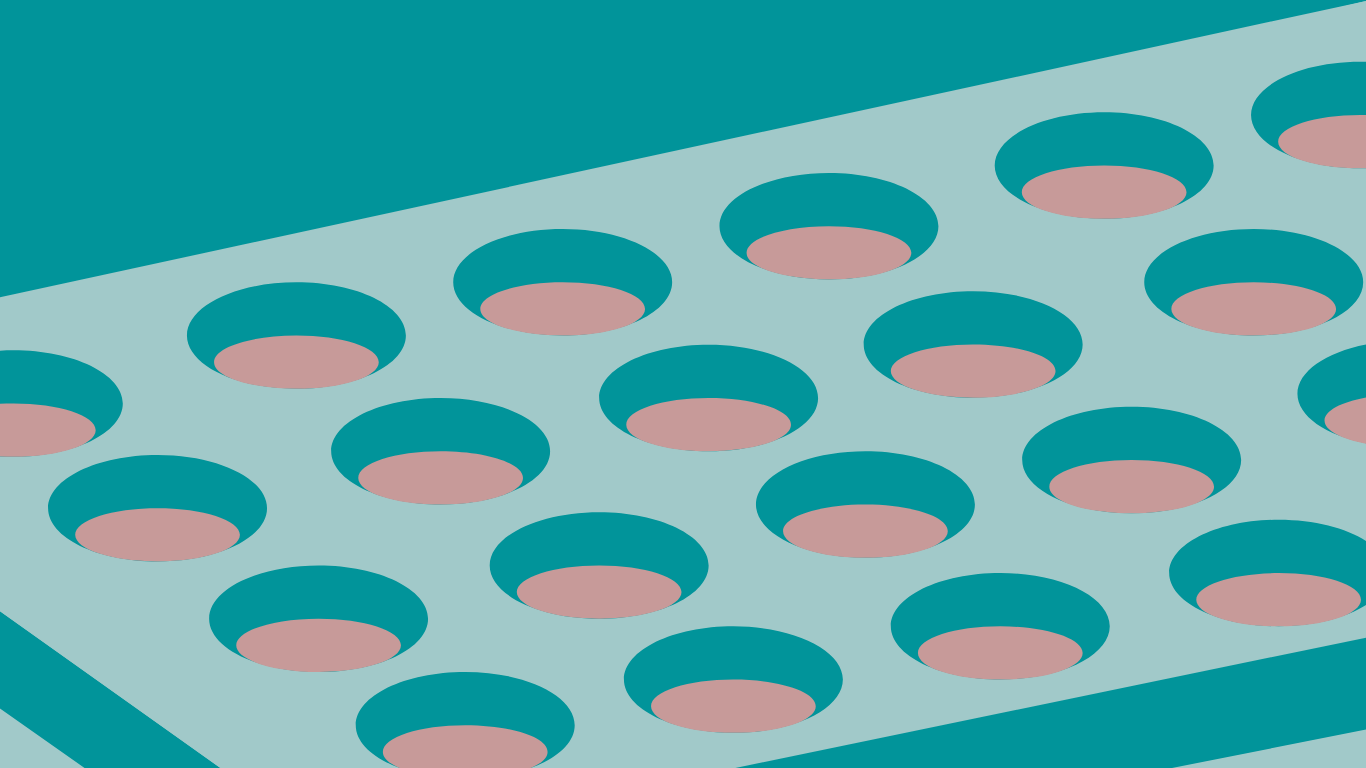
The MTT (3-(4,5-dimethylthiazol-2-yl)-2,5-diphenyltetrazolium bromide) assay is a widely used colorimetric assay for measuring cell viability and proliferation in vitro. This assay relies on the conversion of MTT into a purple formazan dye by the mitochondrial enzyme, succinate dehydrogenase, in viable cells. The amount of formazan produced is proportional to the number of viable cells, which can be quantified by measuring the absorbance of the dye at a specific wavelength. The MTT assay is a simple, cheap, reliable, and sensitive technique that can be adapted to a wide range of experimental conditions and cell types. It is widely used in drug discovery, toxicology, and basic research to assess the cytotoxicity of compounds, evaluate cell growth and viability, and screen for potential anticancer agents. The MTT assay is also used in combination with other assays and techniques to gain a better understanding of cellular processes and signaling pathways.
Knowing how to perform an MTT assay is a powerful tool. In this tutorial, we will walk you through the theory, practice, and analysis of this assay. In addition, we showcase reagents necessary for the experiment along with downloadable protocols, planning, and analysis templates. Finally, we wrap it up with some real-world examples!
As discussed above, MTT assays are great for looking at cell viability and proliferation. In this brief video, we go over how these assays work and why they work. It's important to understand these things because they directly inform the limitations of this assay. The key takeaway here is that MTT assays are actually measuring metabolism and we estimate viability and proliferation based on that.
Now that we understand the theory, let's talk about how to perform this assay. Below is a list of materials you will need.
Let's go through some worked-out examples of different ways to set up this assay! We'll discuss a basic dose-response assay, and then further show the exact experimental setup, and finally discuss ways the setup can be expanded to accommodate multiple cell lines, drugs, etc.